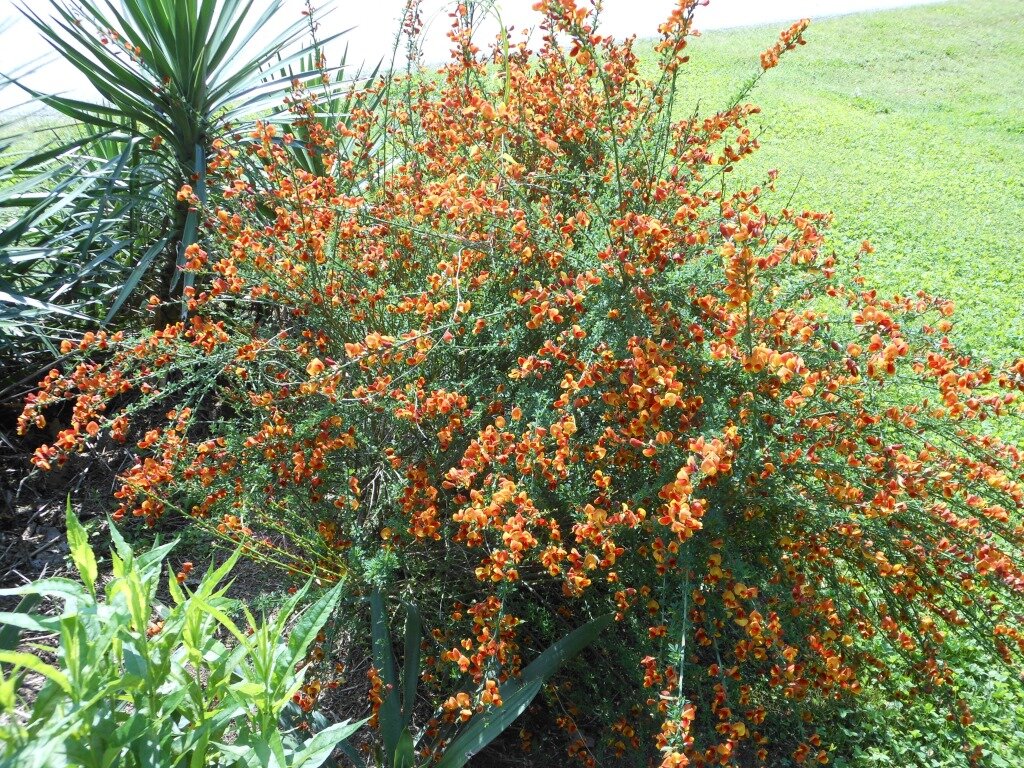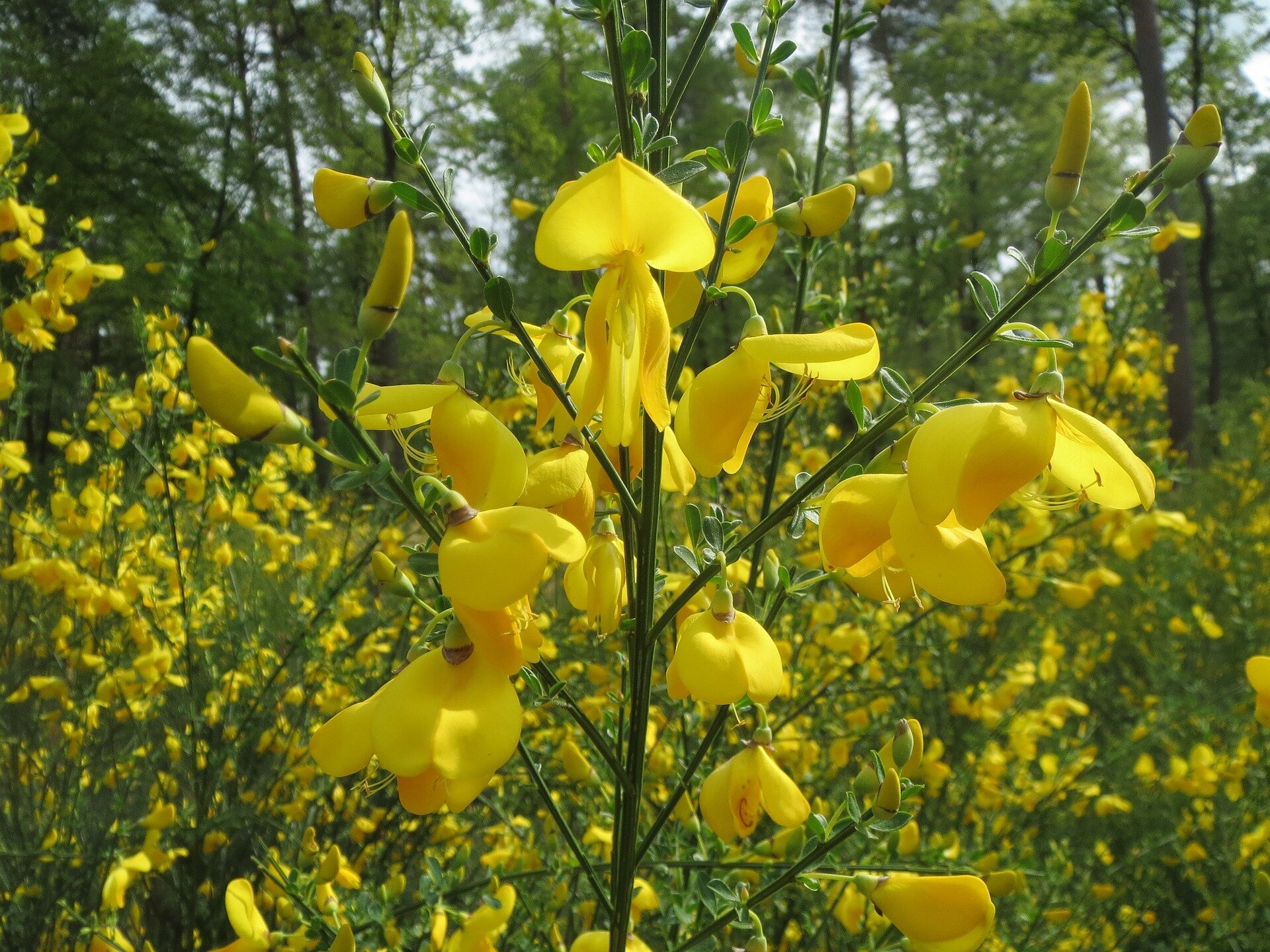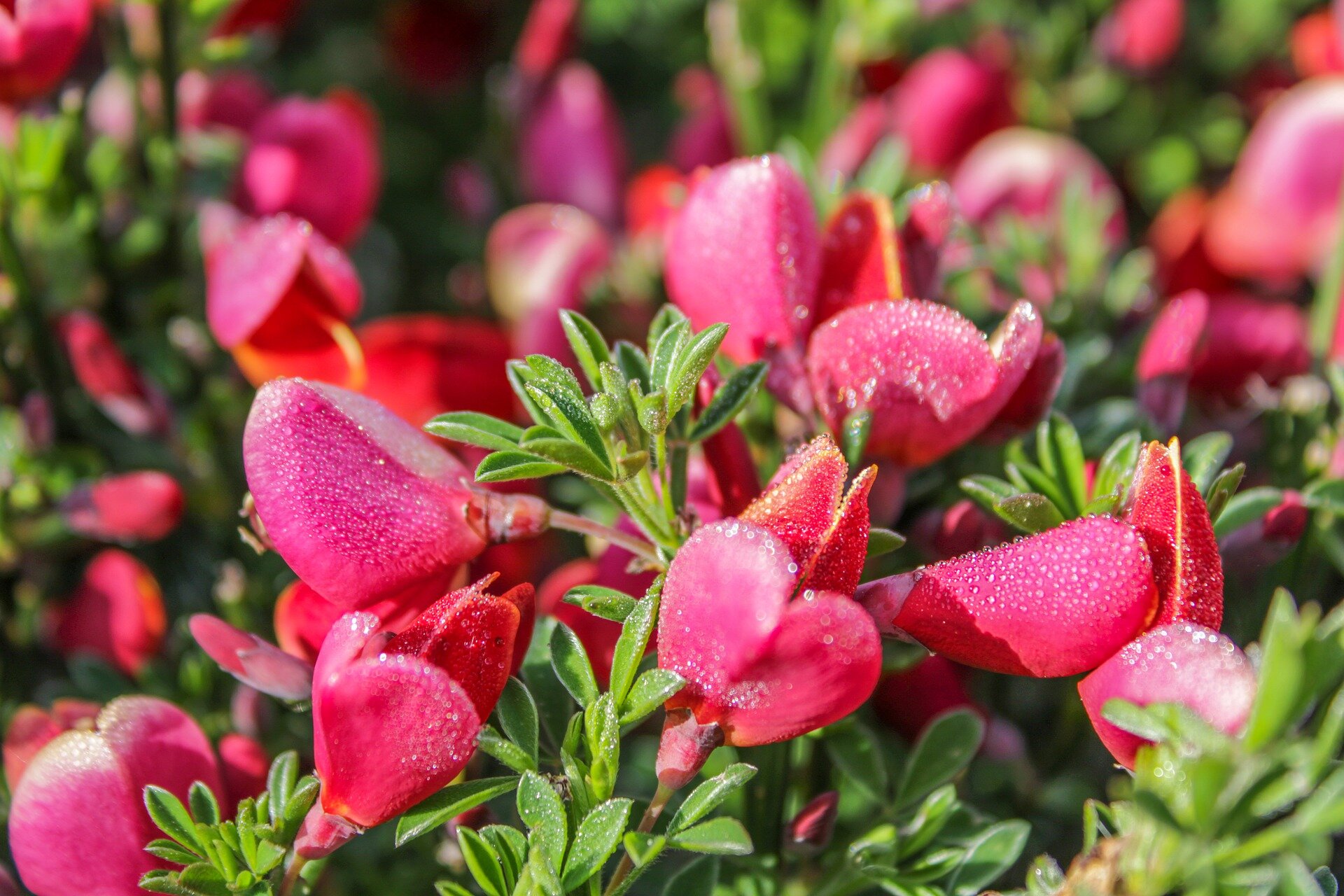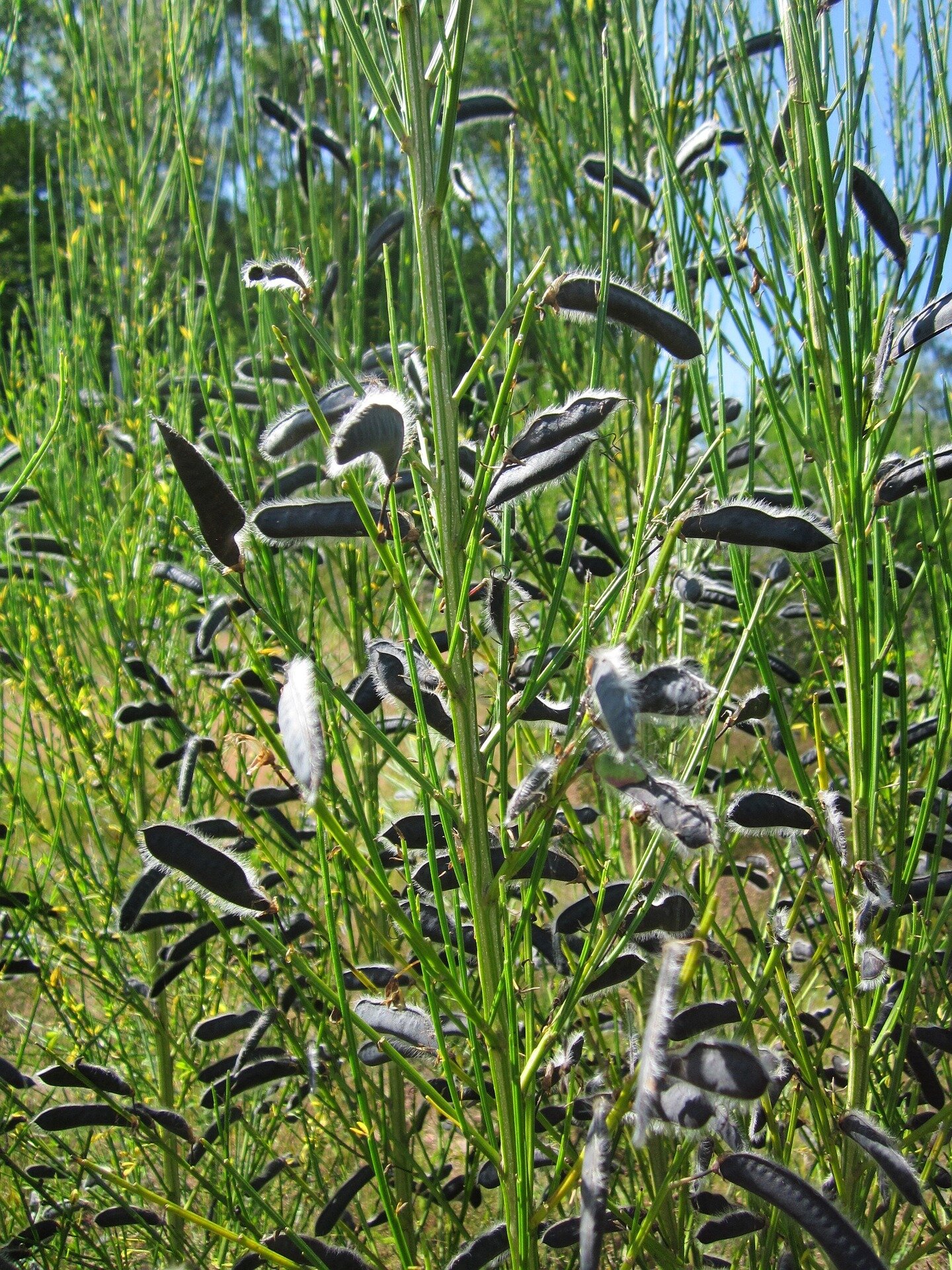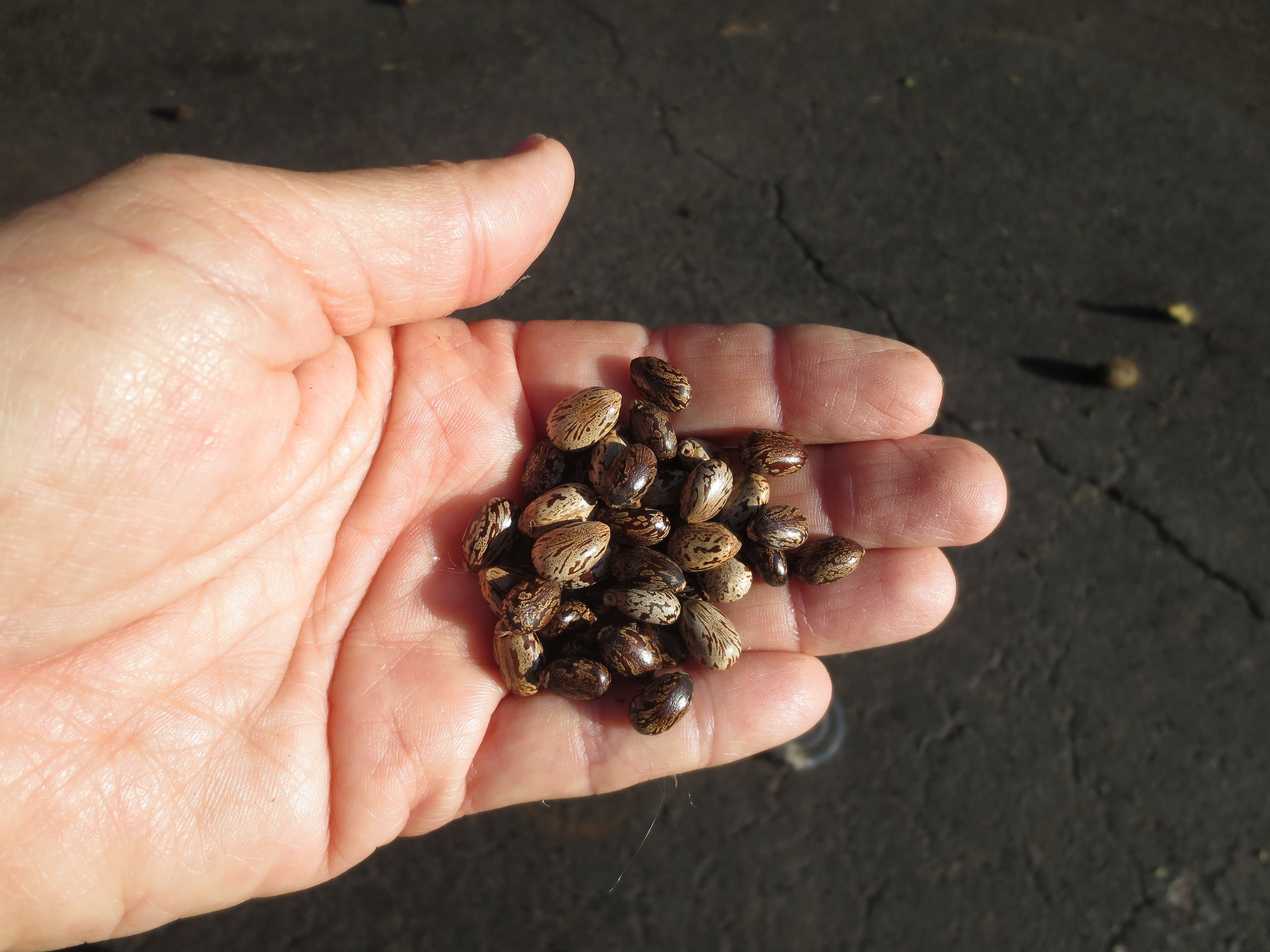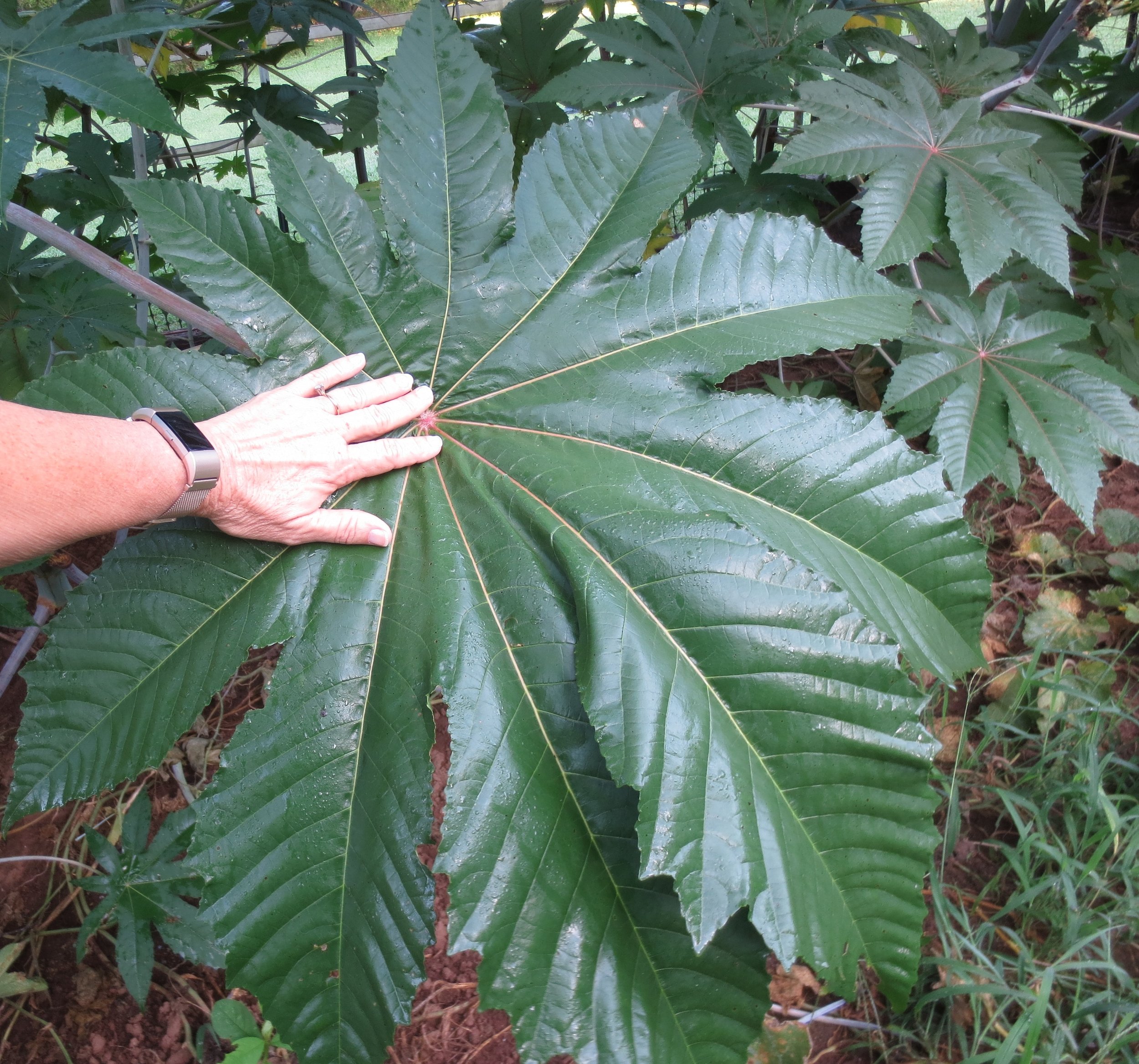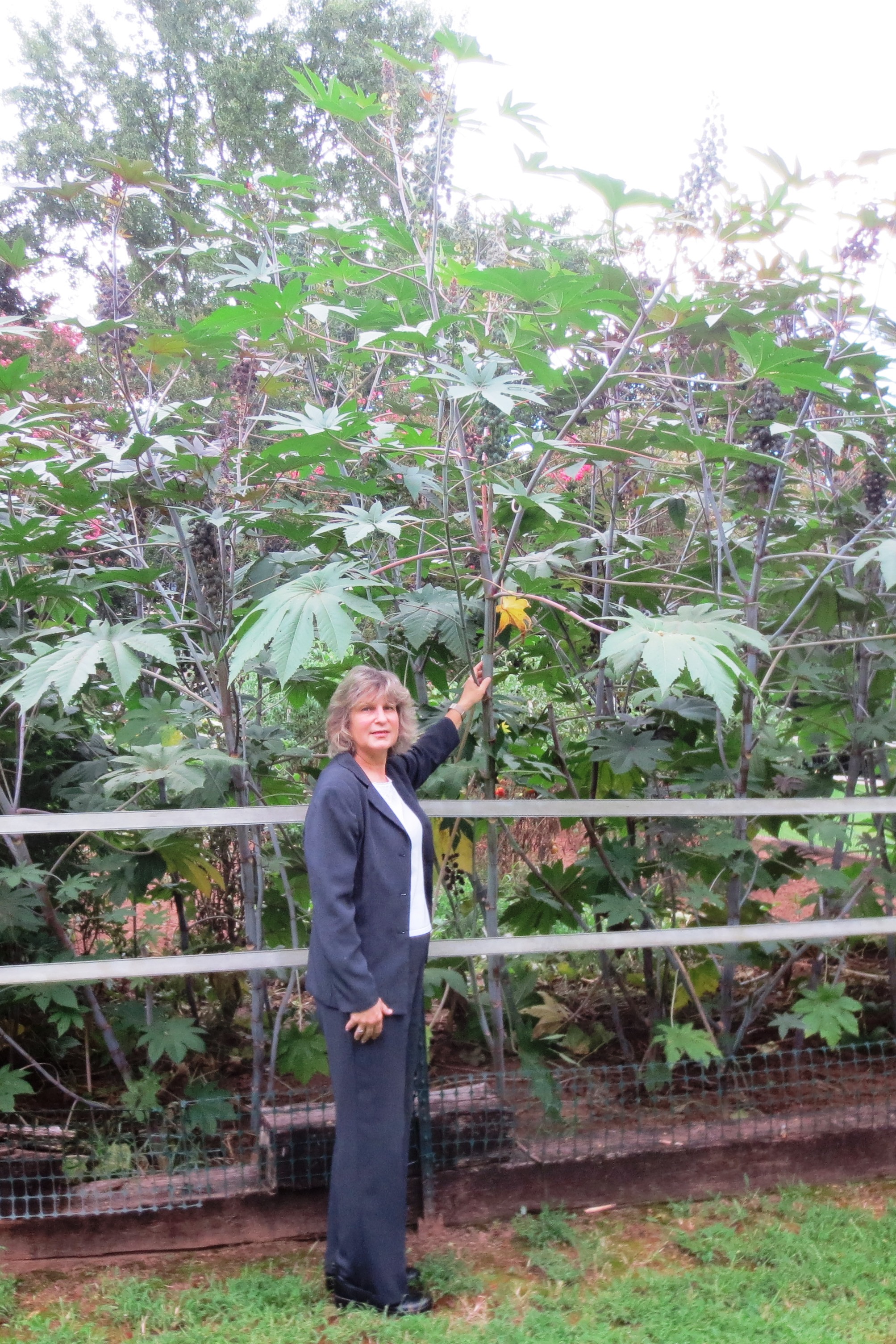Mountain Laurel, Kalmia latifolia (pronounced KAL-mee-ah lah-tih-FOH-lee-ah), is in full bloom in the Mary Snoddy garden. I tried without success to grow this beauty at my former home, where it repeatedly failed in heavy clay soil, sticky humidity, and hot temperatures. The cooler conditions here along the NC/SC border must be ideal. It would take a machete to penetrate the thickets that grow in the rocky soil around our creek. There is also a sizeable planting at the corner of the bedroom deck where I enjoy my morning coffee. The bumblebees visiting flowers were so plentiful this morning that it sounded like a small engine humming.
All part of Mountain Laurel are toxic to humans and animals, especially goats and sheep. (Foraging deer, however, are unharmed.) Bees are not harmed by the pollen but, per Wildflower.org, if one eats honey made with a high percentage of nectar from Mountain Laurels, you can become quite sick (nausea, dizziness, sweating, low blood pressure and numerous other potential unpleasant side effects). On a different internet site, I saw information on “Mad Honey” which is dark red and slightly bitter. Mad Honey is sourced from Laurels and Rhododendrons in Turkey and Nepal, and causes hallucinations similar to LSD or magic mushrooms, but can also cause a slow heartbeat or loss of consciousness. (I always wonder what kind of person volunteers to test something that can either give you a smashing high or kill you.) According to AtlasObscura.com, Pompey The Great’s army was destroyed in 69 B.C. when sneaky locals placed Mad Honey along their marching route, waiting until the soldiers were honey-drunk, then swooped in to massacre them. Read the article here.
Because bees visit so many different types of flowers to obtain nectar and pollen, the honey we purchase is a blend from many sources. Concentrations of Mountain Laurel toxins are highly unlikely unless you are purchasing honey from a beekeeper with few hives and many Laurel plants.
It is fascinating to watch bees visit Mountain Laurel flowers. Flowers occur in clusters as the tips of branches, Buds are star-shaped lanterns tinged with pink. They open to white, five-petal flowers. The anthers are held in a tiny pocket in the petals. When a bee (usually a bumblebee) visits, the anther springs up to shower the visitor with pollen. The process has been compared to a child’s pea-shooter. Bees complete cross-pollination when they visit other flowers.
Mountain Laurel in full bloom.
Kalmias grow in poor, acidic soil. These evergreens prefer partial shade but will tolerate full sun or mostly shade. The growth rate is slow. In an area with fertile soil and plentiful water, they may reach heights of twenty feet or more, but six-feet is most common. On young plants, the bark is smooth, reddish-brown. Older trees have cracked bark that sheds in strands. Limbs and branches are gnarly and crooked, looking like they belong in the Evil Forest of fairy tales. Native Americans made spoons from the wood of Mountain Laurel, giving rise to a common name, “Spoonwood.” Because of the wood’s strength and durability, it was later used in the creation of weavers’ spindles and tool handles.
There are numerous varieties for sales in nurseries. Some of these (‘Elf’ and ‘Minuet’) are dwarf; others feature greater heat tolerance.
Closeup view of Mountain Laurel Flowers
The gnarly limb structure of mature Mountain Laurels.





